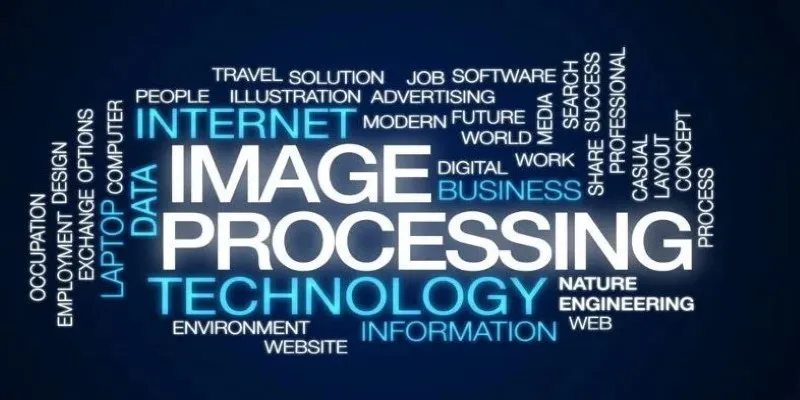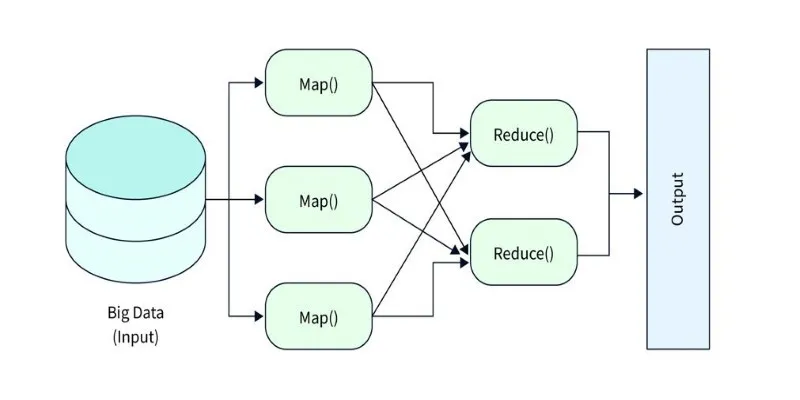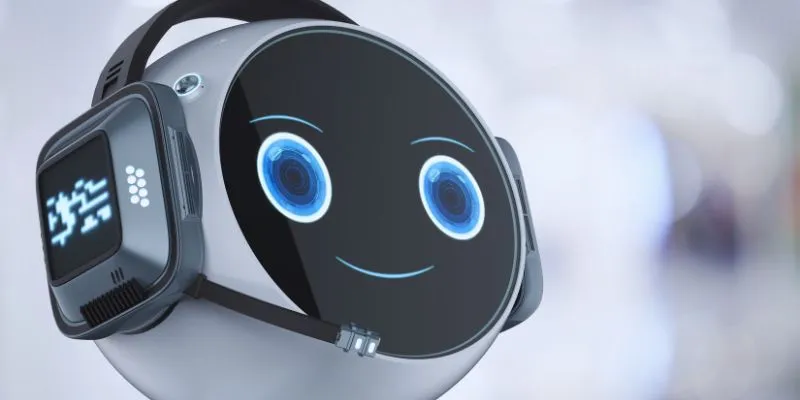In today’s digital world, real-time data processing is essential. Whether it’s the unmistakable sound from your headphones, enhanced smartphone camera performance, or accurate medical readings from your smartwatch, Digital Signal Processing (DSP) is behind it all. DSP is a foundational technology that converts and optimizes real-world analog signals into digital data that machines can understand and improve.
In this article, we examine the core functions of DSP, its significant advantages in today’s technological landscape, and its applications across various industries.
What Is Digital Signal Processing (DSP)?
Digital Signal Processing (DSP) involves mathematically manipulating an information signal to modify or improve it. It converts analog signals—such as audio, video, temperature, or pressure—into a digital format for high-speed analysis, transformation, storage, or optimization. Unlike traditional analog methods, DSP employs algorithms and computational techniques to deliver faster, more accurate, and scalable signal enhancements.
Modern DSP systems are embedded in everything from smartphones and smart TVs to medical devices and autonomous vehicles, making them a central element in digital technology today.
Key Functions of Digital Signal Processing
Here are the primary operations that define the DSP process:
-
Signal Conversion: DSP starts by converting analog input into digital signals using Analog-to-Digital Converters (ADC). This transformation makes real-world signals compatible with digital systems for computation and processing.
-
Filtering and Enhancement: One of DSP’s strongest capabilities is filtering unwanted noise or interference from a signal. It can sharpen audio signals, stabilize video feeds, or clean medical waveforms for better clarity and accuracy.
-
Compression and Storage: DSP techniques are employed to compress data without significant loss of quality, making it easier to store or transmit large files. This function is critical in multimedia, telecommunications, and cloud-based storage systems.
-
Feature Extraction: In systems such as facial recognition, ECG analysis, or speech recognition, DSP is used to extract meaningful features from raw data, enabling real-time pattern recognition and decision-making.
Benefits of Digital Signal Processing (DSP)
Here are the top advantages of implementing DSP in modern digital systems:
Performance Efficiency
-
High-Speed Processing: DSP operates at lightning-fast speeds, especially with specialized DSP chips or processors optimized for repetitive math operations required in signal analysis.
-
Real-Time Execution: Ensures data is processed instantly, which is vital for streaming, live broadcasting, or real-time diagnostics in critical applications.
-
Multitasking Capability: Enables the simultaneous processing of multiple signals in complex environments, such as control systems or multimedia platforms.
Accuracy and Precision
-
Signal Clarity: DSP minimizes distortion and enhances the signal-to-noise ratio, resulting in improved outputs, making it ideal for medical and communication technologies.
-
Reliable Output: Algorithms can consistently apply logical operations without environmental noise interference, even in fluctuating signal conditions.
-
Repeatable Results: Unlike analog systems, digital processing produces predictable and reproducible outcomes regardless of the surrounding noise or conditions.
Scalability and Flexibility
-
Software-Based Tuning: Algorithms can be updated and optimized without requiring hardware modifications, enabling rapid adaptation to new requirements.
-
Cross-Platform Integration: DSP works seamlessly with CPUs, GPUs, and microcontrollers, enabling broader hardware compatibility across diverse devices.
-
Customization Potential: Easily tailored to suit industry-specific tasks and unique signal environments such as aerospace or biomedical systems.
Use Cases of Digital Signal Processing
Let’s explore four real-world areas where DSP transforms operations and drives innovation:
Audio and Speech Processing
DSP is widely used in audio technologies, from headphones and voice assistants to studio software.
-
Noise Cancellation: DSP filters background noise in real-time, improving clarity in calls or recordings. It enhances the user experience in noisy environments, such as airports or public transportation.
-
Voice Recognition: Used in intelligent assistants (like Siri or Alexa) to identify speech patterns and respond accurately, ensuring smooth interaction through natural language understanding.

- Audio Compression: Enables formats like MP3 and AAC that reduce file size while preserving sound quality. Streaming platforms rely on this to deliver quality with minimal bandwidth.
Medical Imaging and Monitoring
In healthcare, DSP ensures accurate diagnostic results and supports patient monitoring and care.
-
ECG and EEG Signal Processing: Filters and analyzes heart and brain signals to detect abnormalities, aiding in the early diagnosis of critical conditions, such as arrhythmias or seizures.
-
Ultrasound and MRI Scanning: Enhances image resolution and removes artifacts for better visualization. This leads to more precise treatment planning and patient outcomes.
-
Wearable Health Devices: Devices like smartwatches and fitness bands use DSP to process data related to pulse, oxygen levels, and physical activity, providing real-time insights into overall health status.
Telecommunications
DSP powers modern communication networks by improving clarity, speed, and capacity.
-
Signal Modulation/Demodulation: Crucial for encoding and decoding data in 4G/5G, VoIP, and satellite systems, ensuring robust and high-speed communication.
-
Error Detection & Correction: Ensures data accuracy in poor signal environments or during long-distance transmissions, minimizing retransmissions and enhancing service quality.
-
Bandwidth Optimization: Compresses signals to fit more data into limited spectrum spaces, maximizing network performance under heavy load conditions.
Image and Video Processing
From smartphones to surveillance cameras, DSP enhances digital visuals.
-
Image Stabilization: Reduces motion blur in handheld devices, ensuring clearer pictures even during movement.
-
Video Compression: Formats such as H.264 or HEVC reduce file sizes for both streaming and storage, allowing faster loading and better video quality over limited bandwidth.
-
Facial Recognition: DSP helps isolate features, match patterns, and trigger security systems or filters, widely used in biometric authentication and surveillance.

Why Use Digital Signal Processing in 2025?
As technology becomes more intelligent and data-driven, the need for instant, accurate, and efficient signal interpretation is greater than ever. In 2025, DSP will play a critical role in next-gen devices, including autonomous vehicles, AR/VR environments, 6G telecommunications, and IoT ecosystems.
Its flexibility, allowing it to be embedded in software or hardware, enables businesses to optimize workflows, reduce latency, and enhance the user experience. Moreover, with the rising demand for edge computing and real-time analytics, DSP has become indispensable for on-device intelligence.
DSP’s ability to convert noisy, unstructured signals into meaningful digital data gives businesses a significant edge, whether they’re scaling operations, improving health outcomes, or enhancing customer satisfaction.
Conclusion
Digital Signal Processing is more than just a technical function—it’s the driving force behind modern data interpretation and system responsiveness. By converting analog inputs into actionable digital formats, DSP enables greater accuracy, speed, and intelligence across a wide range of industries. Whether you’re optimizing telecom networks, developing cutting-edge medical devices, or engineering immersive multimedia experiences, DSP is a tool you can’t ignore in 2025.
Start incorporating DSP into your workflows now and gain the power to process, improve, and act on data in real-time. Ready to innovate with more brilliant signal handling? Embrace DSP and future-proof your digital systems today.
 zfn9
zfn9























